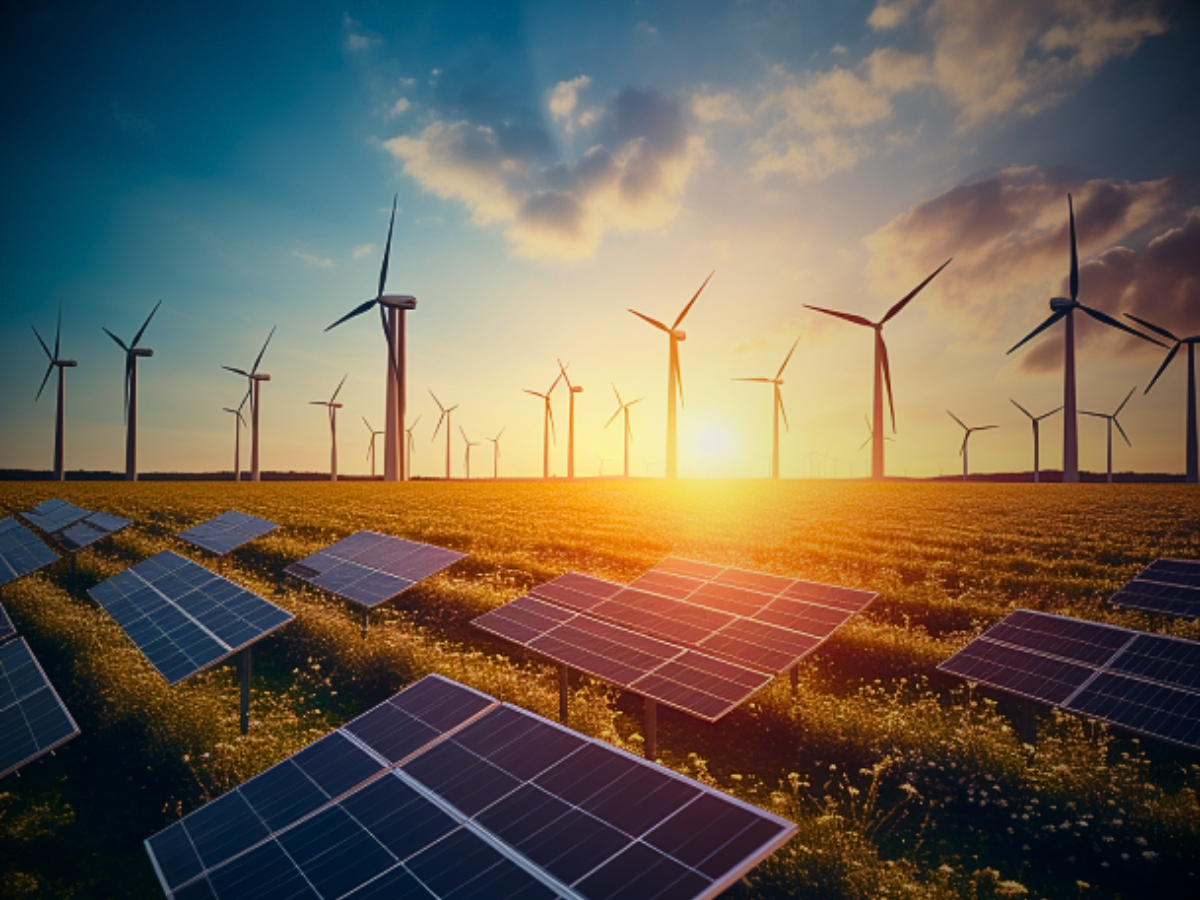Sustainable Tech: Next-Gen Renewable Energy Solutions

As climate change accelerates, transforming global energy production away from fossil fuels grows increasingly urgent. While solar, wind and other renewables have scaled rapidly, their limitations still constrain adoption. However, breakthroughs in renewable technologies promise more efficient, decentralized, and wide-reaching clean energy generation.
Emerging solutions like liquid solar cells, airborne wind turbines, and energy-harvesting infrastructure point to a future where traditional power plants become obsolete. By strategically investing in and deploying next-generation renewable innovations, corporations and governments can accelerate the clean energy transition.
In this article, we explore cutting-edge renewable energy solutions on the horizon that provide cause for optimism in sustaining civilization more harmoniously and abundantly through clean technology breakthroughs.
Liquid Solar Cells
Conventional solar panels are bulky, expensive, and rely on rare hard-to-dispose-of materials. But groundbreaking research into “liquid solar cells” using organic salts promises lightweight, flexible, and printable solar materials.
Dissolving solar cell constituents into ink allows printing solar films on everyday surfaces. This breakthrough could enable wide-scale decentralized solar electricity at a fraction of the cost.
Space-Based Solar Power
Renewables like solar and wind are weather-dependent. But satellites in orbit receive uninterrupted sunlight 24/7. Space-based solar power (SBSP) would beam harvested energy wirelessly to receivers on Earth.
While technically daunting to implement, SBSP could provide an inexhaustible baseload power source once infrastructure is established in orbit and on the ground.
Airborne Wind Turbines
Conventional wind farms rely on clustered towers with height restrictions. But novel airborne wind turbine designs leverage drones, kites, and blimps to harness stronger winds at much higher altitudes.
Floating wind farms could inexpensively tap into the vast consistent wind resources above urban and rural areas globally that ground turbines can’t reach.
Wave & Tidal Generation
Waves and tides offer dense, constant renewable energy sources but are unharnessed today. However, advances like submerged wave turbines, tidal lagoons, and offshore momentum turbines can finally convert Earth’s endless ocean power into harvestable electricity.
Coastal regions will lead the adoption of emerging marine energy farms that dwarf the potential of onshore solar and wind.
Geothermal Power Enhancements
Traditional geothermal power is restricted to rare geological hotspots like Iceland. But new enhanced geothermal techniques involving fracturing hot dry rock reservoirs expands potential exponentially.
Enhanced geothermal alone could provide hundreds of years of baseload renewable electricity across several continents. Further innovations will unlock Earth’s abundant internal heat energy.
Energy-Generating Infrastructure
Future infrastructure like roadways, bike paths, and sidewalks could incorporate electromagnetic coils, piezoelectrics, and compression cells to passively harvest energy from vehicle and pedestrian traffic.
While output is modest, this energy-harvesting infrastructure multiplied across cities and highways could contribute significantly to decentralized power.
Next-Gen Nuclear Reactors
Modern nuclear fission reactors carry risks, but next-generation designs like molten salt reactors, pebble beds, and small modular reactors promise advances in safety, efficiency, scalability, and waste management.
Future nuclear power could provide abundant zero-carbon baseload electricity to smooth the intermittency of renewables in a clean energy mix.
Carbon Capture & Storage
Avoiding future emissions alone cannot prevent climate disaster. Carbon capture, utilization, and storage (CCUS) provides a bridge solution to draw down and sequester CO2 already emitted, including directly capturing it from the air.
Once mature, large-scale CCUS paired with reforestation can help reverse atmospheric CO2 buildup while transitioning fully to renewable energy across the economy.
Hydrogen Fuel Production
Hydrogen fuel can provide carbon-free power for transportation, heat, and industry. But almost all hydrogen today derives from fossil fuels. Harnessing excess renewable electricity to split water into “green hydrogen” via electrolysis can make this fuel sustainably abundant.
Conclusion
These moonshot solutions make clear that while renewable energy has come far, plenty of exhilarating innovations remain on the horizon. The renewable technologies powering our civilization 30 years from now will likely look radically different from today.
Corporations and institutions that strategically foster cutting-edge renewable research and pilot deployments will lead the industry as radical new capabilities emerge. Being anchored in the status quo means being left behind.
The sheer scale of clean energy required to sustain 10 billion people globally without destabilizing planetary systems will demand not just ramping up today’s renewables but pioneering new generations of technology. Getting there will require boldness, creativity and determination.
But these revolutionary innovations provide hope that humanity’s energy future can be far brighter and sustainable than many paint it today. The renewable energy revolution has only just begun.